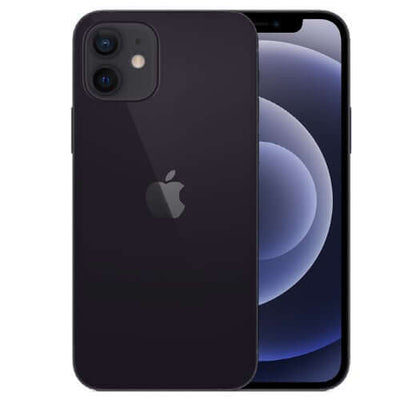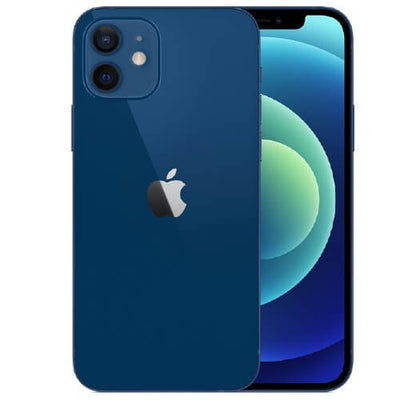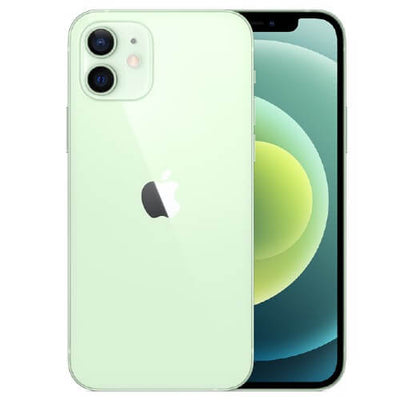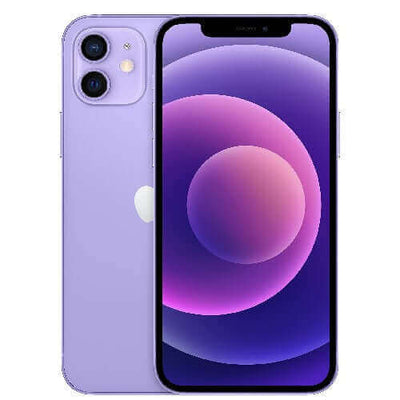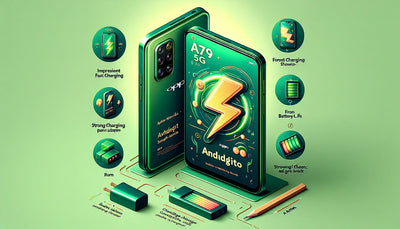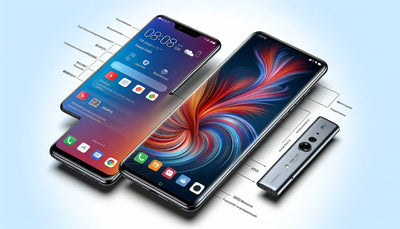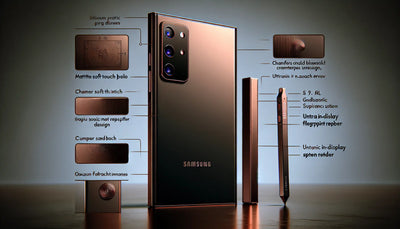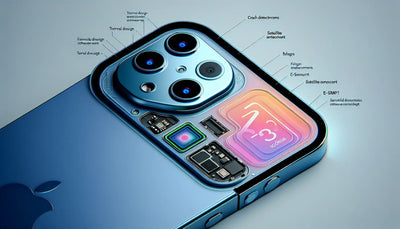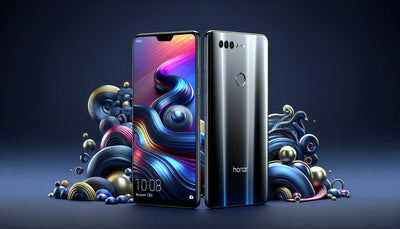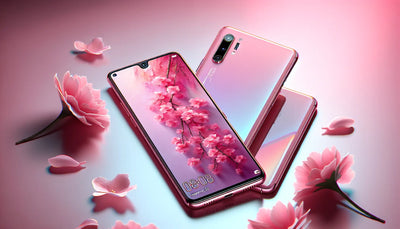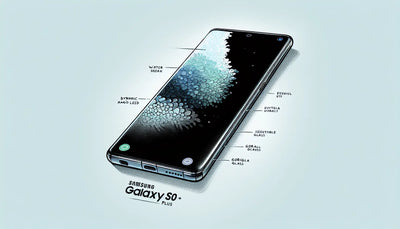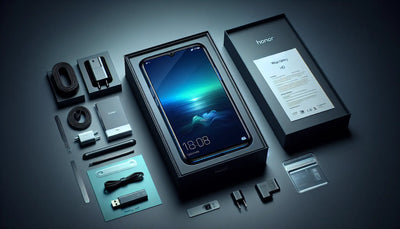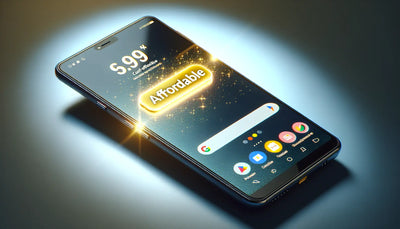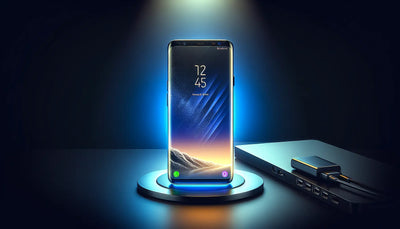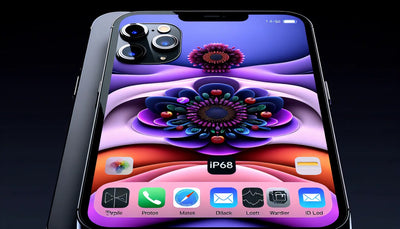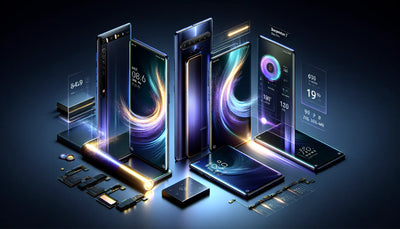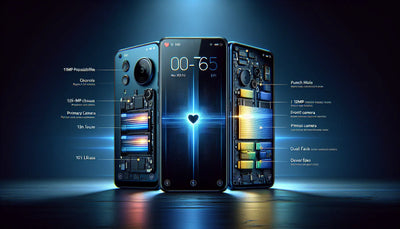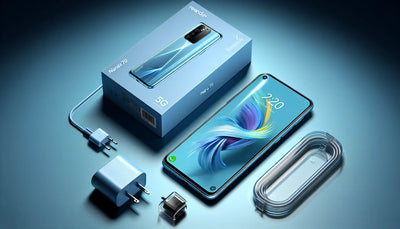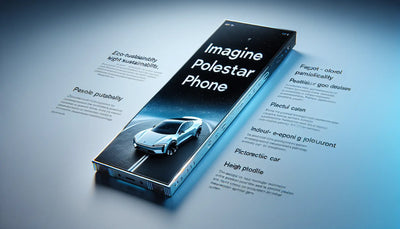Introduction to Xiaomi Redmi Note 13 5G
The Xiaomi Redmi Note 13 5G: the budget 5G smartphone offers everything required for a solid smartphone experience. The device has a flat plastic back panel with a 6.67-inch OLED display that boasts 1080p and 120Hz.
It also comes with a MediaTek Dimensity 6080 chipset, a 108MP main camera, and a 16MP front-facing camera. Storage amounts to 128 or 256GB of UFS 2.2, along with a provision for expandable storage via a microSD card. Running on the software front will be Xiaomi's MIUI 14 interface over Android 13, promising a fluid UI with numerous customizable options.
It is not exactly perfect, though, with a single speaker that gives average sound quality and rather underwhelmingly too long of a battery life. But then, at that price, the Redmi Note 13 5G offers quite a solid deal for its kind.
Design and Build Quality
The back panel of Xiaomi Redmi Note 13 5G is flat plastic with a matte metallic finish, which is nice to touch and slippery to hold. The phone is IP54 certified for dust and splash, which is better protection than the phone offered last year at IP53.
That will come bearing a 6.67-inch OLED panel with 1080p resolution and the technology that offers contrasts and refresh rates adaptives to 120Hz. The screen is also equipped with Gorilla Glass 5 protection and reportedly has a peak brightness of around 490 nits, which is good for varied lighting. And one feature that's rare these days, yet considered very useful, can still be found with the Redmi Note 13 5G: a 3.5mm headphone jack and a sole loudspeaker with Dolby Atmos support. Even with its average loudness, the loudspeaker gives good quality sound on vocals and highs.
Additionally, the phone comes with a side-mounted fingerprint reader, which is fast and reliable. The storage is 128 or 256GB UFS 2.2 and expandable through microSD, of course, booting Xiaomi's MIUI 14 interface on top of Android 13. This is supposed to give the users an OS that is approachable and responsive. Inside, it holds the chipset MediaTek Dimensity 6080, providing the fluidity for any task within a day and the light game we would like to run. Just falls a little short of the battery, being the smallest score model of the Redmi. The 5,000mAh battery supports 33W fast charging, with a full charge taking approximately 76 minutes. Design and build quality are pretty solid, but it's just that the Redmi Note 13 5G does not bring a display, performance, or a set of features that would make it a decent mid-ranger for users on a budget for 5G connectivity.
Display and Screen Quality
The Xiaomi Redmi Note 13 5G comes with a 6.67-inch OLED screen, having 1080p resolution and a 120Hz of refresh rate. It has adaptive technology to refresh and has no interference when it comes to smooth movements during swiping and scrolling.
It further has Gorilla Glass 5 protection and goes up to about 490 nits bright, suiting it for use in most situations. One special mention is that the Redmi Note 13 5G comes with the headphone jack and a single loudspeaker with Dolby Atmos. What impressed me about the loudness is once again the pretty average quality, focusing mainly on the vocal and highs.
It will further come in some markets with a 10-bit color depth to improve the visual quality. More still needs to be done in the improvement of the ambient light sensor to have an increased reaction in very bright lighting. With a side-mounted fingerprint reader, the Redmi Note 13 5G ensures fast and reliable access to the device. The phone comes in 128 or 256GB of UFS 2.2 storage, powered by a 4,500mAh battery and support 120W hypercharging. The phone operates on the MIUI 14 interface of Xiaomi on top of Android 13 to provide users with a responsive and customizable experience. In addition, 120Hz refresh adaptive technology of the screen ensures that the user interface is smooth and uninterrupted.
Audio Features
The Xiaomi Redmi Note 13 5G is equipped with a headphone jack and a single speaker with Dolby Atmos support. The speaker also does well for multimedia consumption; otherwise, it is fair and has an emphasis on the vocals and highs. Besides, the lack of stereo speakers can turn off audio enthusiasts. On the other side of things, the side fingerprint scanner works very fast and is precise, providing smooth access to the device. The 13 Redmi Note 5G is producing a median sound quality, which should do just well for most users, especially if they will have most of their media consumption relying on headphones or earphones.
When it comes to video recording, the phone has limitations, as it cannot record 4K videos. The dynamic range and contrast, even in the 1080p videos from the main camera, are definitely left for more, and this electronic stabilization may actually also be interfering with the general quality of the recorded videos.
These can be a let-down for users who value video recording capabilities in smartphones. And the 16-megapixel front-facing camera on the Redmi Note 13 5G does its job exactly well, capturing good detail, skin textures, and natural colors. Selfie camera performance adds to the all-round appeal of the phone for those users who take a lot of high-quality selfies.
And even without a specific macro camera, it allows users of a phone with versatile photographic options, thanks to its rear camera system.
Storage and Operating System
Storage on Xiaomi Redmi Note 13 5G is 128 or 256GB UFS 2.2, and it possesses high read and write speed, which enables it to perform very fast.
A micro SD card slot is provided for users to be able to expand their storage so that they can save more photos, videos, and applications without lagging their device. The Redmi Note 13 5G will rely on the MIUI 14 interface, which the company has built over Android 13. The interface with MIUI14 will make the phone much more responsive and allow settings, themes, and the arrangement of apps to be configurable at the user's wish.
Further, update is on the pipeline of Hyper OS to be installed in all Redmi Note 13 units, which would further enhance performance, features, and security improvements. It will also ensure that the operating system on Redmi Note 13 5G has been updated and optimized to the users in a much-enhanced and advanced way.
Performance and Benchmarking
For the Xiaomi Redmi Note 13 5G, this is the MediaTek Dimensity 6080 that runs in day-to-day tasks and at least in light gaming without much of a fuss. Certainly, through some of the benchmarks, the Note 13 5G's performance is very competitive within its price bracket. However, other smartphones within its category have better CPU and GPU performance. Otherwise, the phone runs its interface relatively smoothly, with hardly any stutters and still takes care of most daily chores, coupled with a little gaming, just fine.
Battery Life and Charging:
In the meantime, the battery is rather weak for the 5,000mAh capacity, and it is one of the weakest lifespans on the market among all Redmi models. In active use tests, it scored 9 hours and 49 minutes, and gaming and video playback times were especially lackluster. It supports 33W fast charging, and in the package, you will get an adapter capable of charging the phone from 0 to 50% within 30 minutes and for a full charge in 76 minutes. While the battery life falls short, the fast charging capability offers convenient recharging for users on the go.
Camera Capabilities:
The Redmi Note 13 5G is expected to feature the 108MP camera as the main one, an 8MP ultra-wide lens, and a 2MP depth sensor, besides many other shooting modes to give users an array of options to take pictures. The main camera takes competent daylight photos with good detail and natural colors. Low light triggers the phone's automatic night mode processing, which creates surprisingly likeable results with good exposure and detail. However, it does not come with 4K video recording capabilities, and at 1080p, the films from its main camera do not come with an impressive dynamic range and contrast. The pictures and videos from the ultrawide camera are decent but lack fine detail, especially in low light. This has the best selfie quality from its 16MP front-facing camera, which covers much detail, skin texture, and natural color, thereby contributing to the overall appeal of the phone for users with an inclination toward making good quality self-portraits.
Battery Life and Charging
But a 5,000mAh battery—these are bound to raise high expectations for the Redmi Note 13 5G's battery life, aren't they? Well, not quite. For active use, 9 hours 49 minutes were tested. For gaming and video playback times, the result is even poorer.
The phone, however, supports fast charging at 33W, which means the bundled adapter is able to charge the phone from a zero percentage level to 50% within just half an hour and to 76 minutes for a full charge.
While battery life may be short, the phone comes with fast-charge capability, refilling them fast and getting the user back up and mobile.
Camera Quality and Features
As for the camera setup, it includes a 108MP main sensor, an 8MP ultra-wide sensor, and a 2MP depth sensor that makes users explore many options in the aspect of photography. The main camera is doing quite good—competent, and competitive daytime shots that ensure good detail and natural colors.
The phone also turns on night mode processing automatically, where the light is very low, and results in likeable results in terms of good exposure and detail. The phone, however, does not have the ability to capture 4k video, and any 1080p videos from the main camera are unimpressive in terms of the dynamic range and contrast.
Photo and video quality from the ultra-wide camera are okay, but detail is poor, especially in low light conditions.
In the case of selfies from the 16MP front-facing camera, details, skin texture, and even color balance come out well on the Redmi Note 13 5G.
The phone also has an excellent front camera ideal for selfies, meaning users who tend to take quality self-pictures will enjoy using this phone. Moreover, with the absence of a dedicated macro camera, the phone offers users a variety of photo experiences.
If not for video recording, to some extent, the phone does limit one from recording videos in 4K. The dynamic range and contrast, even in the 1080p video of the main camera, are really poor. Moreover, eIS support is not present, so it would directly affect the overall quality of videos recorded. This would be a downside of the Redmi Note 13 5G for users who lean more toward video recording capabilities by a smartphone.
Pros and Cons
The Xiaomi Redmi Note 13 5G boasts some options that are really attractive at this price point. But it comes with a couple of downsides that, if not critical, are important for potential buyers looking over the device.
Pros:
• 5G Connectivity: includes 5G connectivity, fast, reliable network speeds that deliver a continuous online experience.
• Great display: 6.67 inches of OLED screen at 1080p, with a 120Hz refresh rate, gives wonderful contrast and has adaptive refresh rate technology together with Gorilla Glass 5, all giving a fun viewing experience.
• Responsive performance: The Redmi Note 13 5G is powered by the MediaTek Dimensity 6080 chipset, which runs with the company's very own MIUI 14 interface laid on top of Android 13, all of which make the gadget quick for everyday use and casual gaming.
• Versatile Cameras: The phone is applicable with a 108MP primary camera and a 16MP front camera to offer good quality detail and photos with natural coloration to the users when taking selfies.
• Expandable Storage: The device contains either 128 or 256GB of UFS 2.2, and with the storage expandable through a micro SD card, the user will have enough space to store their photos, videos, or applications without causing any lag or decreasing speed.
Cons:
• The battery life: the Redmi Note 13 5G was a disappointment in the battery life, since of all the models of Redmi, it scored the least number in active use tests in one with a 5,000mAh battery model.
• Audio Quality: The loud output is coming from a single speaker, but it is giving just fairly okay output quality where mainly the focus is on vocals and highs. They don't bear even a hint of any bass, so avid audio consumers may not find it preferable in this category.
• Video Recording Limitations: It doesn't record videos in 4K, and even 1080p from the main camera doesn't seem to deliver incredible dynamic range and contrast ratio. It does not come with electronic stabilization. Therefore, overall video quality could be compromised due to this limitation.
• Design Elements: The under-display fingerprint reader and stereo speakers ensure better design and loudness than it can get on several other Redmi phones.
FAQs
Q1: What is the display size and resolution of the Xiaomi Redmi Note 13 5G?
A: 6.67" OLED display: The Redmi Note 13 5G is featured with a 6.67-inch OLED display with 1080p resolution, attaining 120Hz adaptive refresh rate technology for clearer contrasts
Q2: Does the Xiaomi Redmi Note 13 5G support expandable storage?
A: It is true that the phone comes with 128 or 256GB of UFS 2.2 storage, expandable using a micro SD card, thus leaving more than enough room for storing photos, videos, and apps without causing any jittery or slowing effect on the phone.
Q3: What is the chipset of the Xiaomi Redmi Note 13 5G?
A: The phone is powered by the MediaTek Dimensity 6080 chipset, which is supposedly very capable for the most part in day-to-day tasks and light gaming.
Q4: What are the camera specifications of the Xiaomi Redmi Note 13 5G?
A: The phone has a 108MP main camera with an 8MP ultra-wide-angle camera and is fronted by a 16MP camera to deliver versatile shooting prowess and superior selfie capture.
Q5: How is the battery life and charging of the Xiaomi Redmi Note 13 5G?
A: The Redmi Note 13 5G, however, didn't fare quite decently in the battery life department, despite holding such a huge 5,000mAh battery. This was partly reinforced by the rundown tests, where active use saw it rank top among the Redmi models with the worst scores. However, 33W fast charging enabled the phone, which should give users ease of replenishing charges on the go.
